Home>Garden Essentials>How To Plant A Cucumber Seed
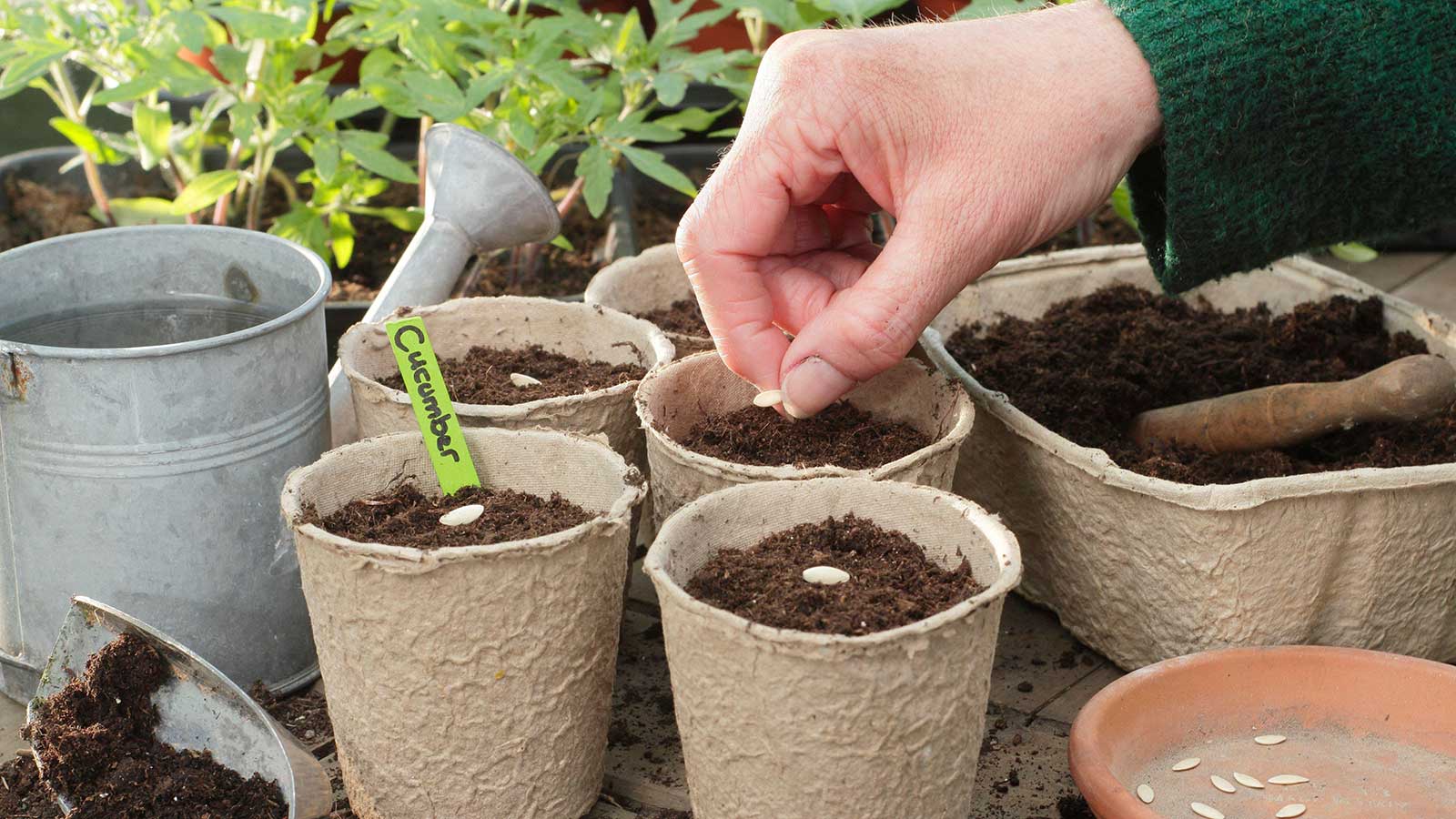

Garden Essentials
How To Plant A Cucumber Seed
Modified: August 16, 2024
Learn how to plant a cucumber seed in your garden and enjoy fresh cucumbers all season long. Follow our step-by-step guide for successful gardening.
(Many of the links in this article redirect to a specific reviewed product. Your purchase of these products through affiliate links helps to generate commission for Storables.com, at no extra cost. Learn more)
Introduction
Gardening can be a fulfilling and rewarding hobby, and one of the most popular plants to grow in a garden is the cucumber. Cucumbers are not only delicious to eat but also versatile in their use, whether added to salads, pickled, or simply enjoyed fresh off the vine.
To successfully grow healthy and abundant cucumbers, it’s important to understand the proper techniques for planting cucumber seeds. In this article, we will guide you through the step-by-step process of planting a cucumber seed and provide valuable tips on caring for your cucumber plant as it grows.
Whether you’re a seasoned gardener or a beginner with a green thumb, by following our expert advice, you’ll be able to enjoy a bountiful cucumber harvest in no time.
Key Takeaways:
- Choose the right cucumber seed based on size, taste, growing conditions, and disease resistance to ensure a successful harvest. Research and buy from reputable suppliers for detailed information.
- Provide your cucumber plants with ample sunlight, consistent moisture, and a healthy growing environment to promote vigorous growth and abundant harvest. Regular maintenance and monitoring are key to preventing common issues and maximizing productivity.
Read more: When Do You Plant Cucumber Seeds
Step 1: Selecting the Right Seed
Choosing the right cucumber seed is crucial for the success of your garden. There are different varieties of cucumbers, each with their own unique characteristics and growing requirements. Here are some factors to consider when selecting cucumber seeds:
- Size: Determine the size of cucumber you prefer. Some varieties produce small pickling cucumbers, while others yield larger slicing cucumbers.
- Taste: Consider your flavor preference. Cucumbers can range from sweet and mild to tangy and bitter. Read the seed packet or do research to find a variety that matches your taste preferences.
- Growing Conditions: Take into account the climate and growing conditions of your region. Some cucumber varieties are better suited for warm or cool climates, while others thrive in different soil conditions.
- Disease Resistance: Check if the seed variety has resistance to common cucumber diseases such as powdery mildew or cucumber mosaic virus. This can help ensure a healthier plant and higher yield.
When purchasing seeds, it’s recommended to buy from reputable seed suppliers who provide detailed information about the variety, including the days to maturity, fruit size, and disease resistance.
Remember, selecting the right cucumber seed is the first step towards a successful cucumber harvest. Take the time to research and choose a variety that suits your preferences and growing conditions.
Step 2: Choosing the Planting Location
The success of your cucumber plants depends greatly on the location where you choose to plant them. Here are some key considerations when selecting the planting spot:
- Sunlight: Cucumber plants thrive in full sunlight, so choose a location that receives at least 6-8 hours of direct sunlight per day. A sunny spot will ensure optimal growth and fruit production.
- Soil Quality: Cucumbers prefer well-draining soil that is rich in organic matter. Before planting, prepare the soil by loosening it with a garden fork or tiller. Incorporate compost or aged manure to improve the soil’s fertility and drainage.
- Space: Cucumber plants require room to spread and vine. Choose an area with enough space to accommodate the sprawling vines. You can also opt for vertical trellises or cages to save space and encourage upward growth.
- Proximity to Water Source: Ensure that the planting location is within reach of a water source for easy irrigation. Cucumber plants need consistent moisture to thrive, so having a convenient water supply is essential.
- Pest Control: Consider the proximity of the planting location to other plants and potential pest habitats. Keep cucumbers away from common garden pests like squash bugs and cucumber beetles by selecting a planting spot that offers some distance or using natural pest control methods.
Remember, proper planning and consideration when choosing the planting location will set your cucumber plants up for success. Take the time to assess your garden space and select a location that meets the sunlight, soil, space, water, and pest control needs of cucumbers.
Step 3: Preparing the Soil
Before planting your cucumber seeds, it’s essential to prepare the soil to create an optimal environment for growth. Here are the steps to follow in soil preparation:
- Clear the Area: Remove any existing weeds, rocks, or debris from the planting area. This will help eliminate competition for nutrients and ensure better seedling establishment.
- Loosen the Soil: Use a garden fork or a tiller to loosen the soil to a depth of 8-10 inches. This will improve drainage and allow the roots to penetrate the soil easily.
- Improve the Soil: If your soil is heavy clay or lacks organic matter, amend it by adding compost, aged manure, or other organic materials. These organic amendments will enrich the soil with nutrients and improve its texture.
- Test the Soil: Consider conducting a soil test to determine its pH level and nutrient content. Cucumbers prefer a slightly acidic soil with a pH range of 6.0-7.0. Based on the results of the soil test, you can make necessary adjustments by adding lime to increase pH or sulfur to decrease pH.
- Apply Fertilizer: Before planting, apply a balanced fertilizer or a specific cucumber fertilizer based on the recommended rate. This will provide the necessary nutrients for healthy plant growth.
By properly preparing the soil, you create an optimal environment for your cucumber plants to thrive. The organic amendments and nutrients will ensure that the plants have access to necessary resources, resulting in vigorous growth and abundant harvest.
Step 4: Planting the Cucumber Seed
Now that you have prepared the soil, it’s time to plant your cucumber seeds. Follow these steps for successful planting:
- Timing: Cucumbers are warm-season plants, so wait until all danger of frost has passed before planting. The soil temperature should be at least 60°F (15°C) for optimal germination.
- Spacing: Allow adequate space between each seed or seedling. Plant cucumber seeds or seedlings about 12-18 inches apart in rows spaced 3-4 feet apart. This spacing will provide room for the vines to spread and allow adequate airflow.
- Planting Depth: Plant the cucumber seeds at a depth of 1 inch in the soil. If you already have seedlings, transplant them at the same depth as they were growing in their containers.
- Watering: After planting, water the area thoroughly to ensure good seed-to-soil contact and to provide the moisture needed for germination. Keep the soil consistently moist but not overly saturated.
- Protection: If you live in an area with cool nights or unexpected frosts, consider using protective coverings such as row covers or cloches to safeguard young plants.
Remember to label your planting area with the cucumber variety and planting date. This will help you keep track of your plants’ progress as they grow.
With proper planting techniques, your cucumber seeds will germinate and begin their journey to becoming healthy vines ready to produce delicious cucumbers.
Plant cucumber seeds in well-drained soil, 1 inch deep and 12 inches apart. Water regularly and provide support for climbing varieties. Keep soil consistently moist and provide plenty of sunlight for healthy growth.
Read more: How To Seed A Cucumber
Step 5: Providing Adequate Water and Sunlight
To ensure the healthy growth and development of your cucumber plants, it is crucial to provide them with adequate water and sunlight. Here’s what you need to know:
- Watering: Cucumber plants require consistent moisture to thrive. Water them regularly, providing about 1-2 inches of water per week. It’s best to water deeply and avoid wetting the leaves to prevent fungal diseases. Mulching around the plants can help retain soil moisture.
- Sunlight: Cucumbers are sun-loving plants and require a minimum of 6-8 hours of direct sunlight daily. If your garden has shady areas, consider planting cucumbers where they will receive the maximum amount of sun. Insufficient sunlight can lead to weak growth and poor fruit development.
- Support: As cucumber vines grow, they may benefit from support to keep the fruit off the ground. You can use trellises, stakes, or cages to help the vines climb and provide better exposure to sun and air circulation.
Regular monitoring of soil moisture and adjusting watering as needed, especially during hot and dry periods, is essential. Consistent moisture and ample sunlight will ensure healthy cucumber plants that produce abundant and flavorful fruits.
Step 6: Maintaining the Growing Environment
To promote the optimal growth and development of your cucumber plants, it’s important to maintain a favorable growing environment. Here are some key maintenance tasks to consider:
- Fertilizing: Cucumber plants benefit from regular fertilization throughout the growing season. Apply a balanced fertilizer every 3-4 weeks or use a slow-release fertilizer according to package instructions. This will provide the necessary nutrients for healthy plant growth and fruit production.
- Weeding: Regularly remove weeds from the cucumber beds to prevent competition for nutrients and water. Mulching around the plants can help suppress weed growth and conserve moisture.
- Pruning: Cucumber plants tend to produce more vines than necessary. To redirect energy into fruit production, consider pruning or removing excess foliage and suckers. This practice also improves airflow and reduces the risk of disease.
- Pollination: Cucumbers require pollination to set fruit. Bees and other beneficial insects are the primary pollinators of cucumber plants. To attract pollinators, incorporate pollinator-friendly plants in your garden and avoid using pesticides harmful to bees.
- Pest and Disease Control: Monitor your cucumber plants regularly for pests such as aphids, cucumber beetles, and squash bugs. If detected, use natural pest control methods or organic insecticides to keep pests under control. Additionally, watch for common cucumber diseases like powdery mildew or downy mildew, and take appropriate preventive measures as needed.
Maintaining a clean and healthy growing environment will minimize stress on your cucumber plants, maximize their productivity, and increase your chances of a successful harvest.
Step 7: Recognizing and Preventing Common Issues
While cucumbers are generally easy to grow, they can be susceptible to certain issues that can affect their health and productivity. By being aware of these common problems and taking preventive measures, you can ensure the success of your cucumber plants. Here’s what to watch out for:
- Powdery Mildew: Powdery mildew is a common fungal disease that affects cucumber leaves. It appears as a white, powdery coating on the foliage. To prevent powdery mildew, provide good air circulation, avoid overhead watering, and consider using fungicides if necessary.
- Downy Mildew: Downy mildew is another fungal disease that can impact cucumber leaves. It causes yellowing and browning of the foliage, along with fuzzy growth on the undersides of the leaves. To prevent downy mildew, choose resistant cucumber varieties, space plants properly, and maintain good airflow.
- Cucumber Beetle: Cucumber beetles are small yellow or black pests that can feed on cucumber leaves and transmit diseases. To prevent cucumber beetle infestations, use row covers, remove nearby weed sources, and use insecticides only as a last resort.
- Aphids: Aphids are tiny, sap-sucking insects that can colonize cucumber plants. They cause stunted growth and distorted leaves. Regularly inspect your plants for aphids and use natural predators or insecticidal soap to control their populations.
- Uneven Watering: Inconsistent watering can lead to problems like blossom end rot, which causes the ends of the cucumbers to turn brown and mushy. Maintain a regular watering schedule and ensure that the soil is consistently moist, but not waterlogged.
By recognizing these common issues and implementing preventive measures, you can keep your cucumber plants healthy and productive throughout the growing season.
Step 8: Harvesting the Cucumbers
The moment you’ve been waiting for has arrived: it’s time to harvest your cucumbers! Here are some tips to ensure that you pick your cucumbers at the right time and maximize their freshness and flavor:
- Timing: Cucumbers are ready for harvest when they reach their mature size and have a vibrant color. The specific timing will depend on the cucumber variety you planted. Check the seed packet or consult the guidance provided by the seed supplier for an estimate of when to harvest.
- Size: Different cucumber varieties have different size preferences. Pickling cucumbers are typically harvested when they are 2-4 inches long, while slicing cucumbers are generally harvested when they are 6-8 inches long. Harvesting cucumbers at the right size ensures the best taste and texture.
- Color: Most cucumber varieties are harvested when they have a uniform green color. However, there are also yellow or white varieties that should be picked at their appropriate color stage. Again, refer to the specific variety guidelines for optimal harvest color.
- Method: When harvesting cucumbers, use a pair of sharp garden scissors or pruners to cut the stem about 1/4 inch above the fruit. Avoid pulling or twisting the cucumbers, as this can damage the plant and affect future production.
- Harvest Regularly: Check your cucumber plants daily or every other day during the peak harvest season. Cucumbers grow quickly, and picking them regularly encourages the plant to produce more fruit. Leaving overly mature cucumbers on the vine can reduce the overall yield.
Once harvested, cucumbers should be refrigerated promptly to maintain their freshness. Properly stored cucumbers can stay fresh for up to one week.
Now that you know how to harvest your cucumbers, enjoy the fruits of your labor in various delicious culinary creations, from fresh salads to pickles!
Read more: How To Dry Cucumber Seeds
Conclusion
Growing cucumbers is a rewarding and enjoyable experience that allows you to savor the flavors of fresh, homegrown produce. By following the steps outlined in this guide, you can successfully plant cucumber seeds and nurture them into flourishing plants that yield a bountiful harvest.
From selecting the right seed and choosing the ideal planting location to preparing the soil, providing adequate water and sunlight, and maintaining a conducive growing environment, each step plays a crucial role in the success of your cucumber plants.
By recognizing and preventing common issues, you can keep your plants healthy and minimize the impact of diseases, pests, and environmental factors. Regular harvesting ensures that you enjoy the peak flavors of your cucumbers, whether they are pickling cucumbers or slicing cucumbers.
Gardening is an ongoing learning experience, and each season presents new opportunities to improve and refine your techniques. With practice and observation, you’ll gain a deeper understanding of your cucumber plants and their specific needs.
So, roll up your sleeves, grab your gardening tools, and start planting those cucumber seeds to create a vibrant and fruitful garden. From fresh salads to refreshing summer snacks, your homegrown cucumbers will delight your taste buds and bring a sense of accomplishment as you savor the fruits of your labor.
Remember, patience, attention, and care are essential ingredients for a successful cucumber garden. Enjoy the journey and embrace the joy of growing your own cucumbers!
Frequently Asked Questions about How To Plant A Cucumber Seed
Was this page helpful?
At Storables.com, we guarantee accurate and reliable information. Our content, validated by Expert Board Contributors, is crafted following stringent Editorial Policies. We're committed to providing you with well-researched, expert-backed insights for all your informational needs.

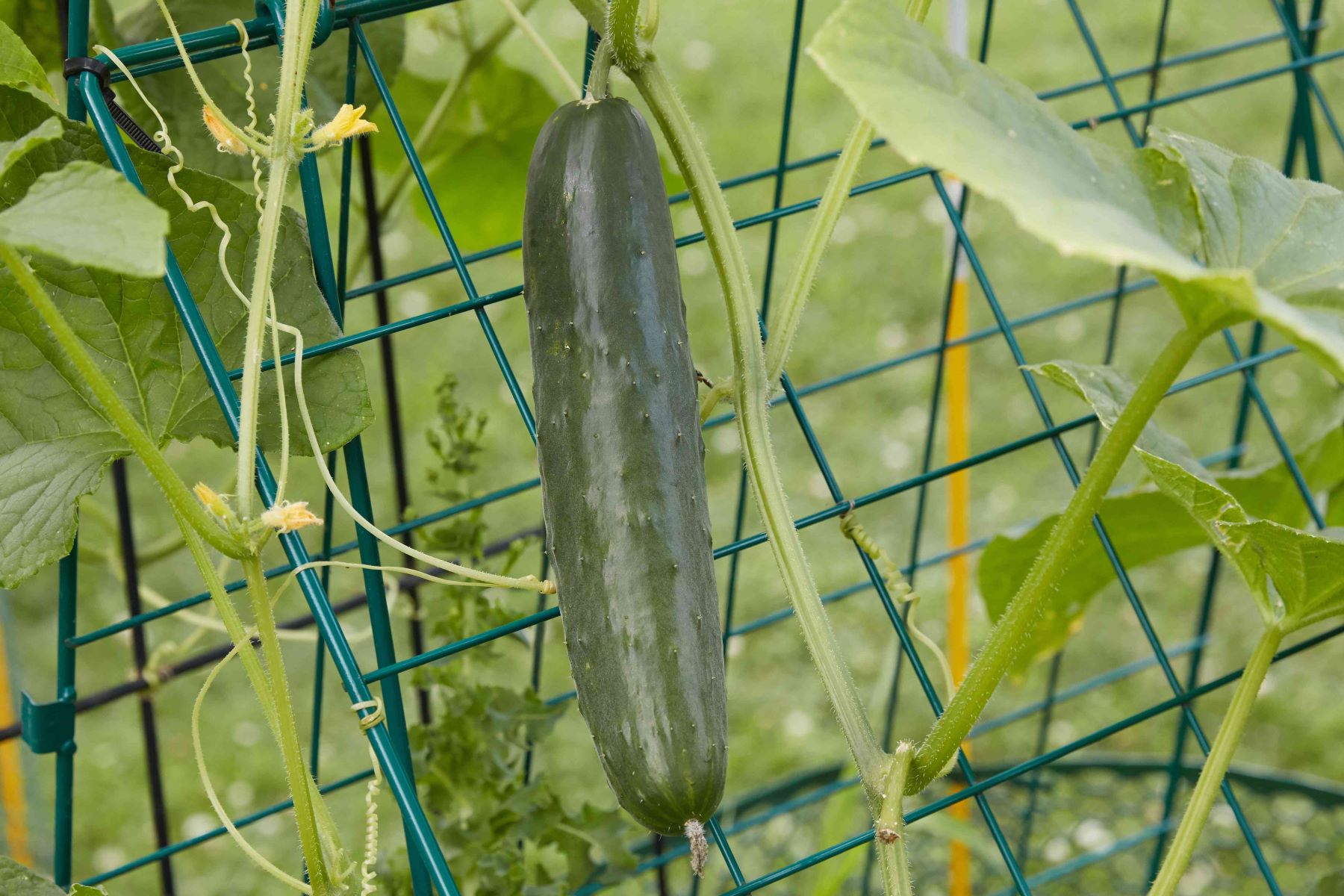
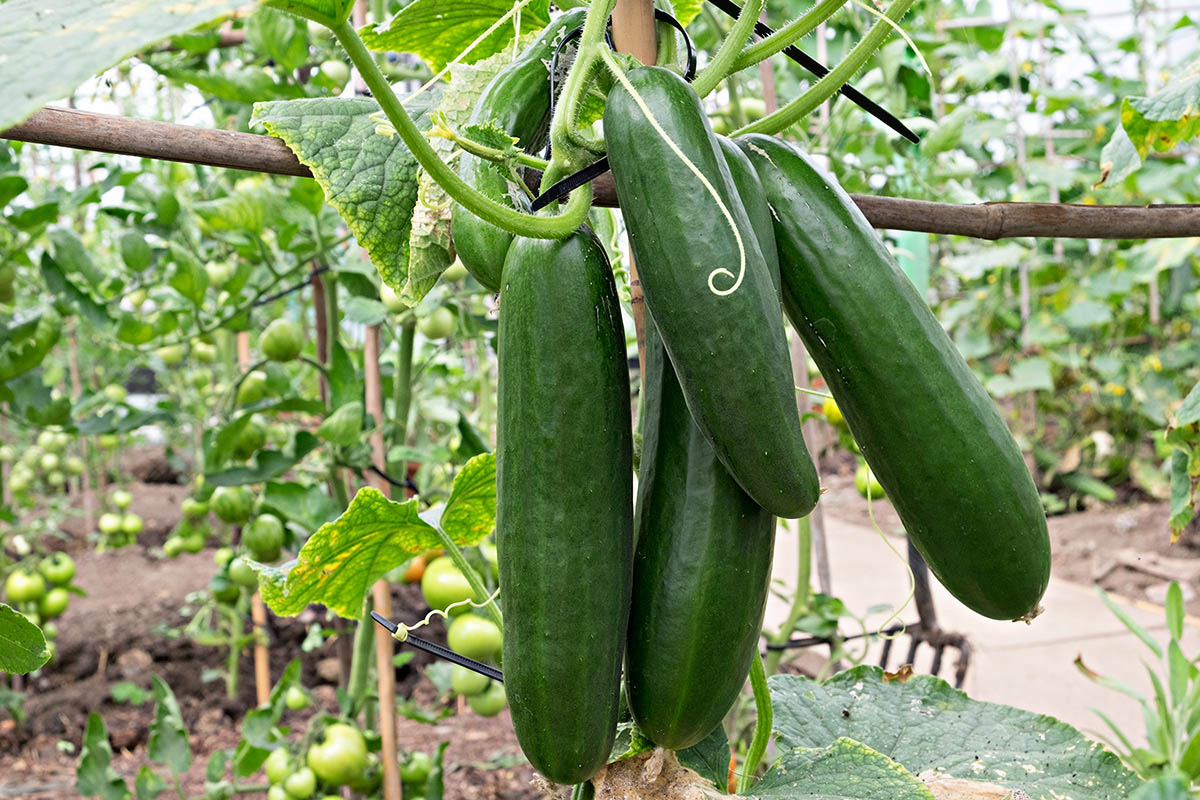
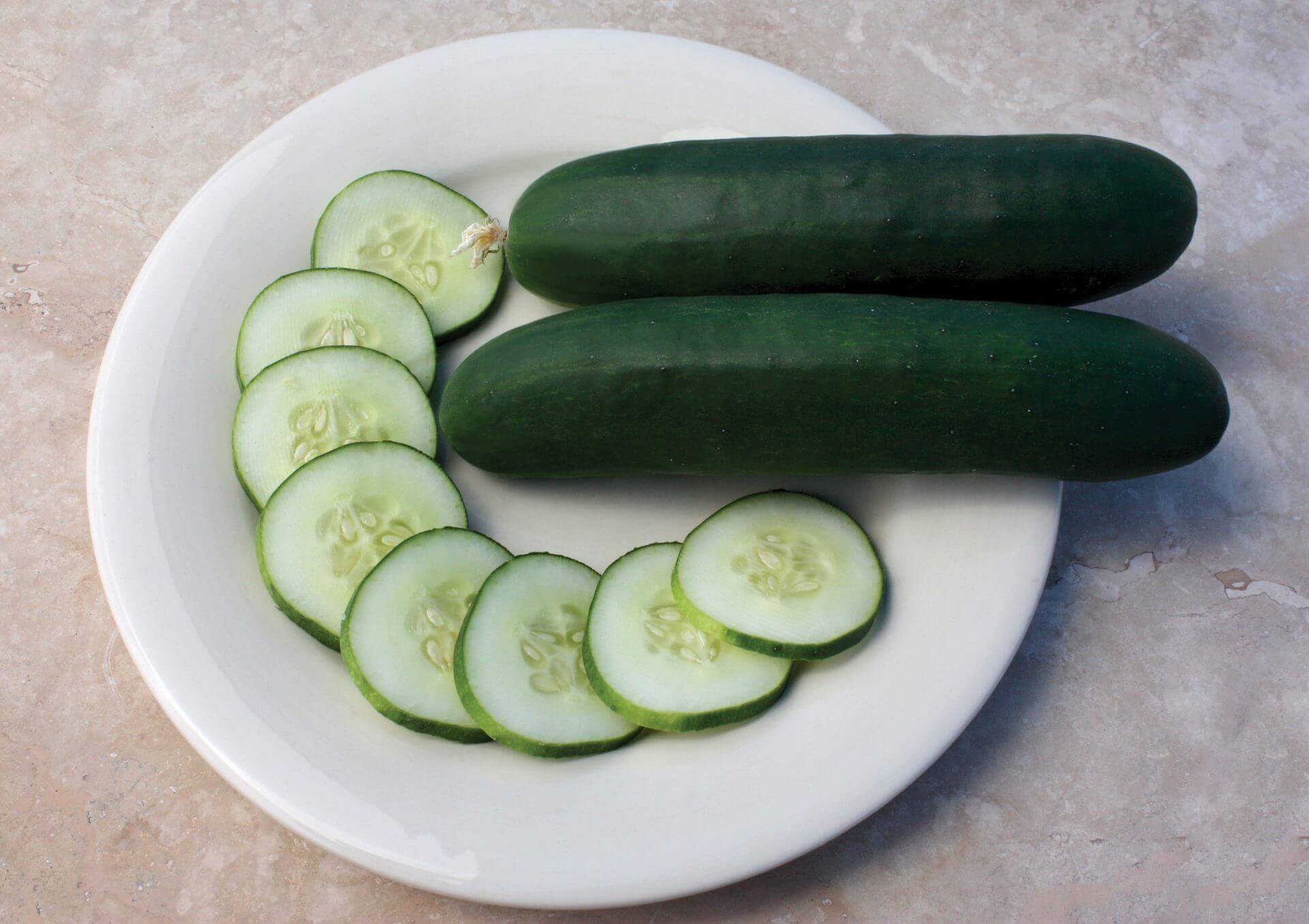
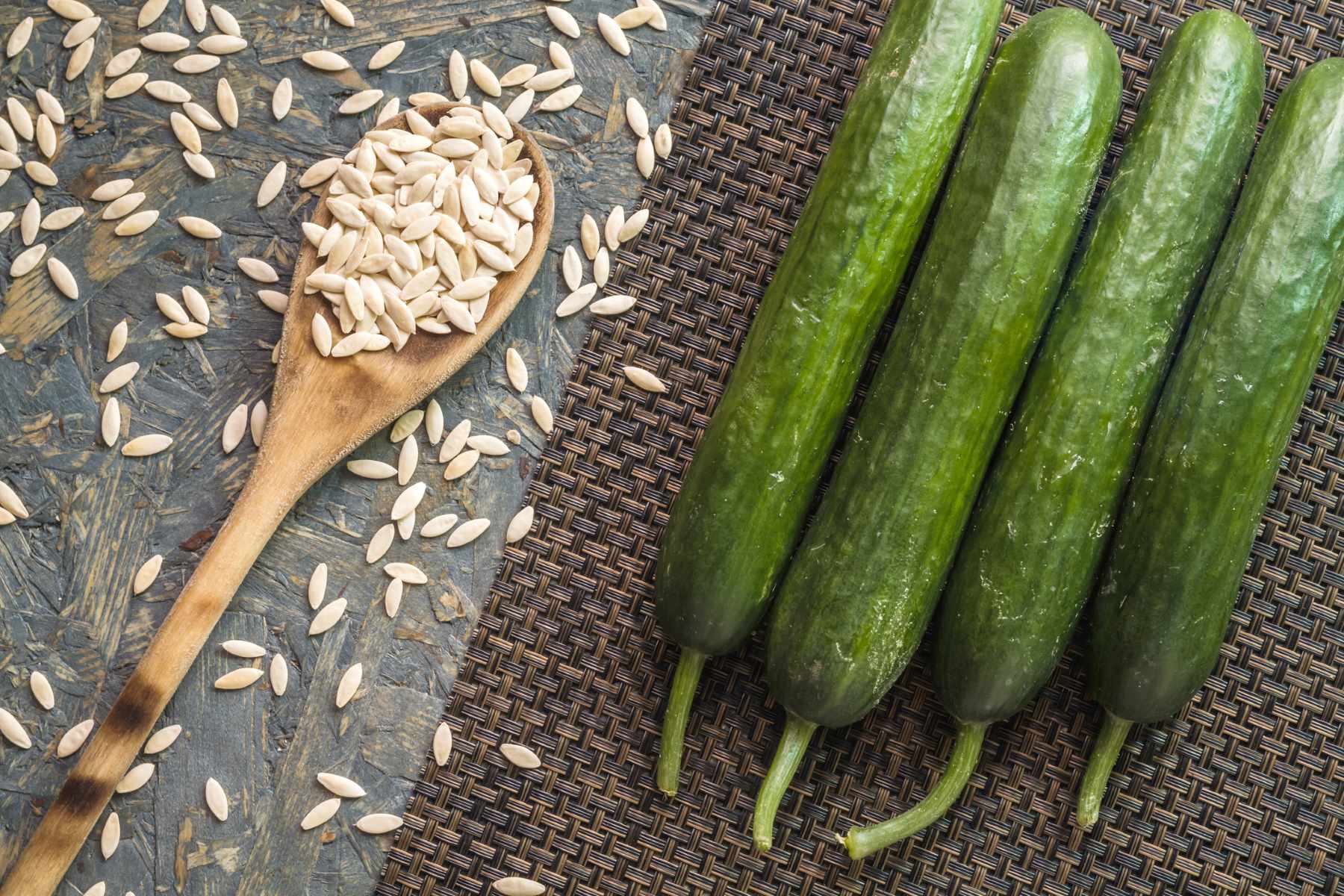
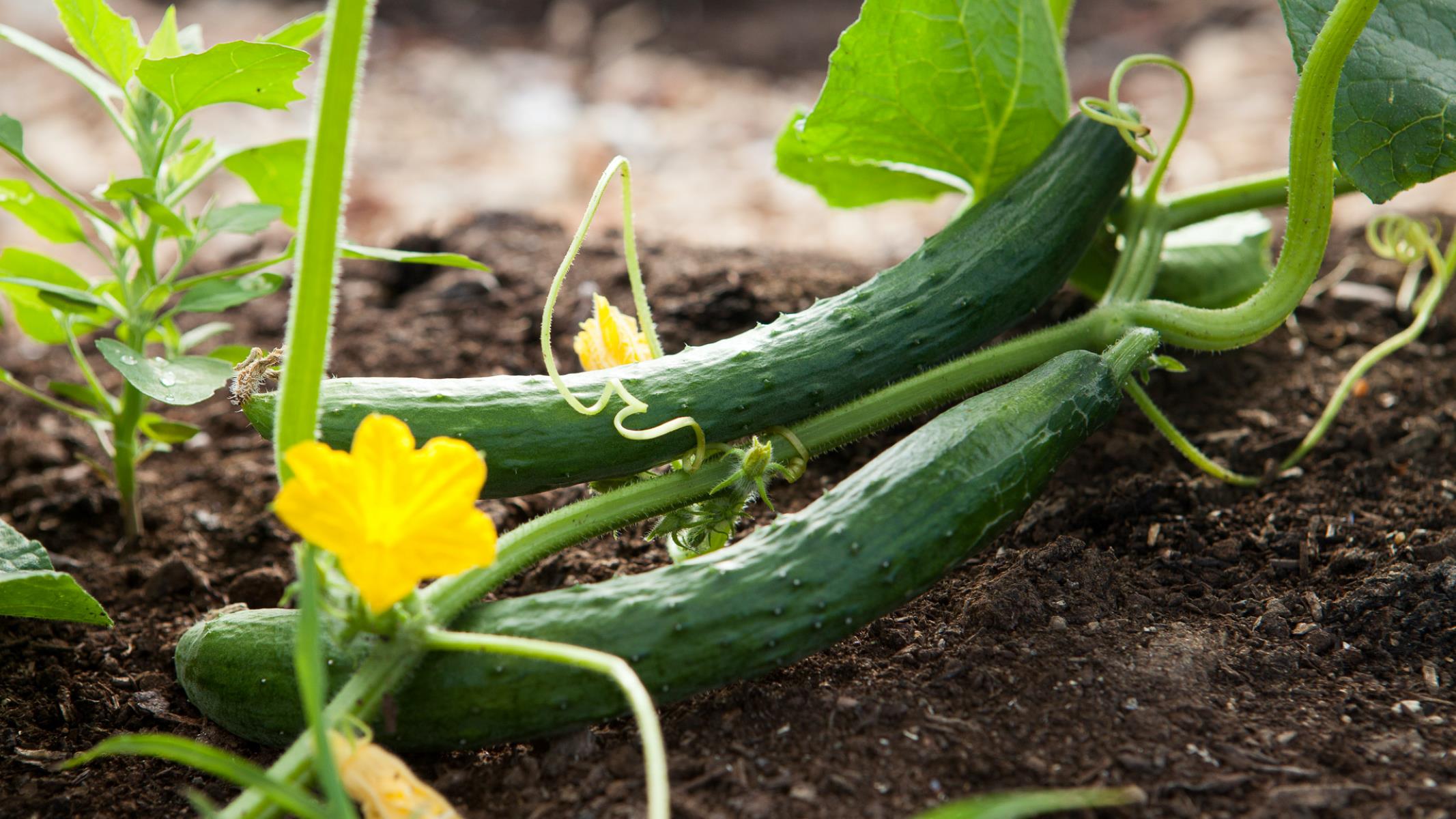
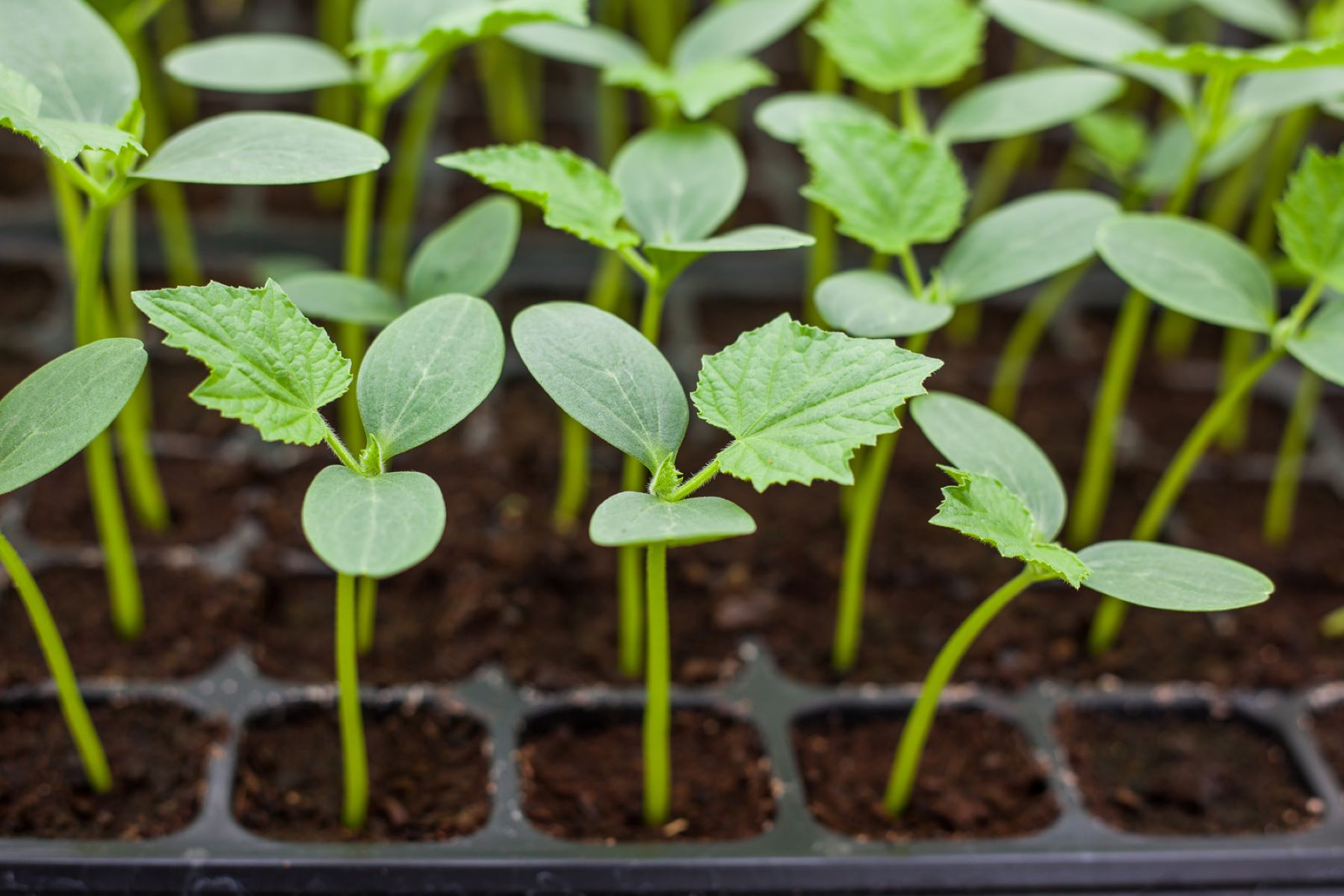
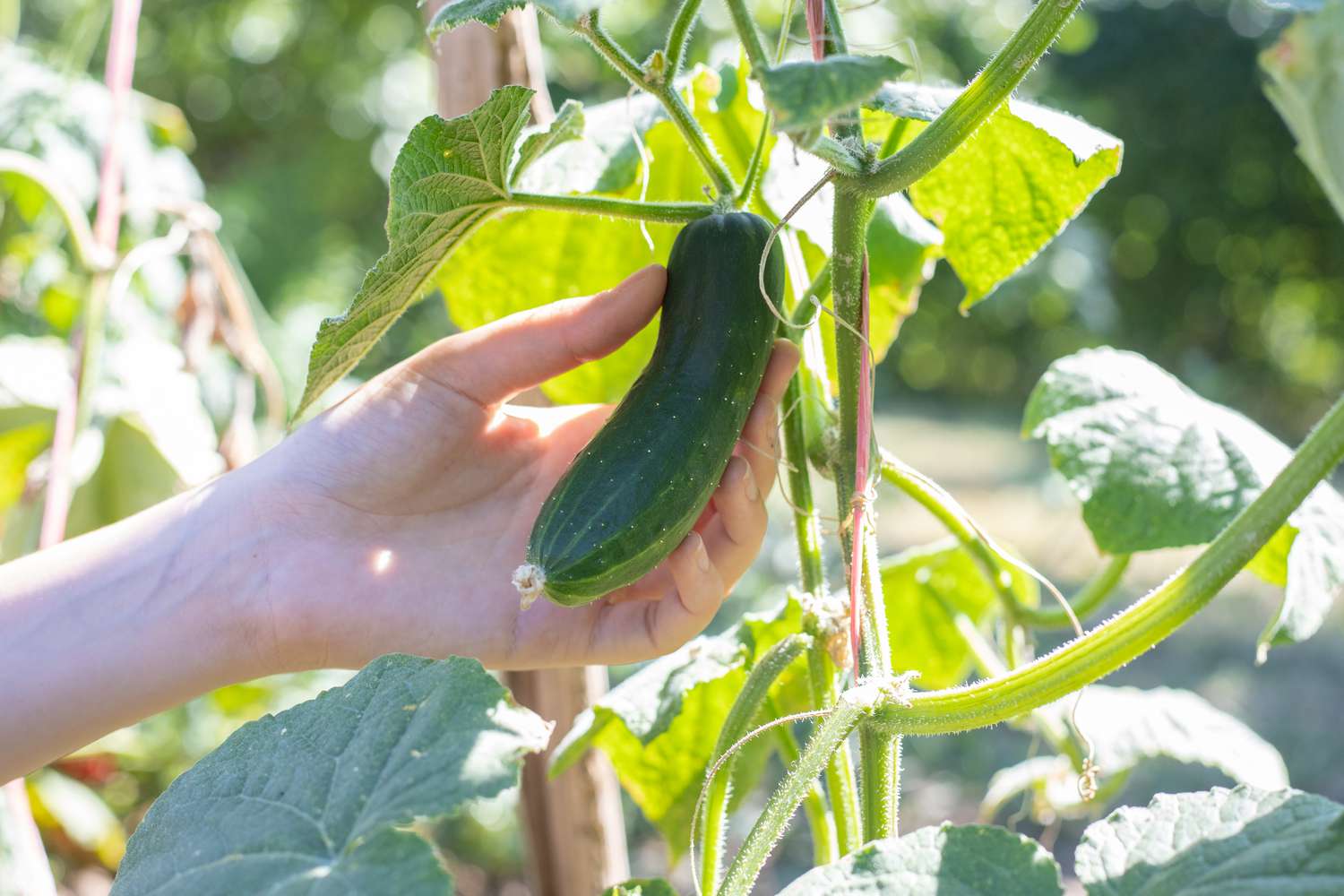



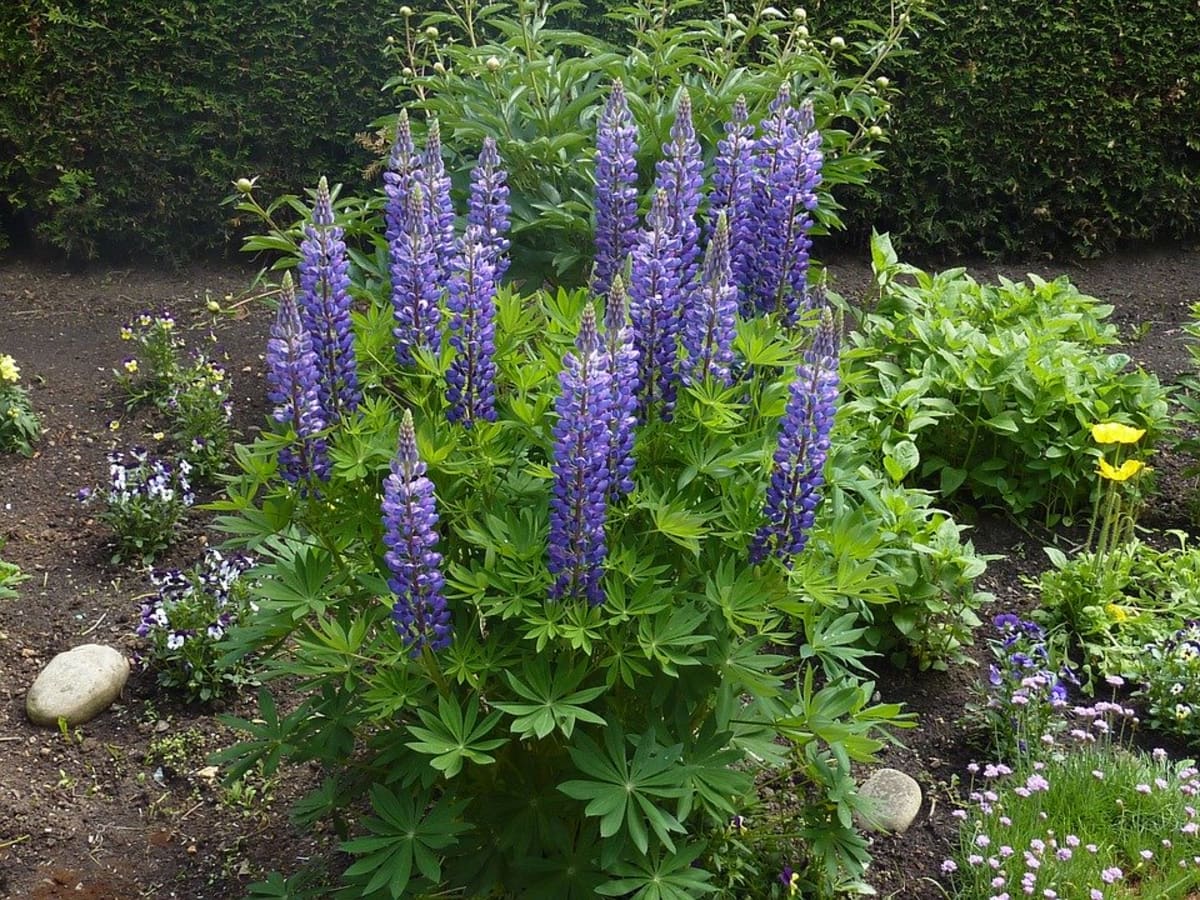


0 thoughts on “How To Plant A Cucumber Seed”